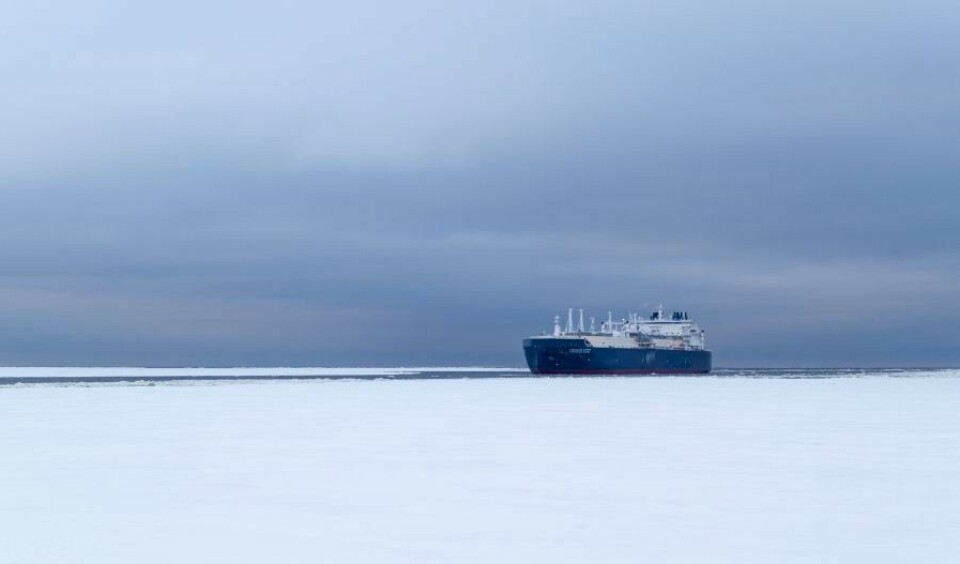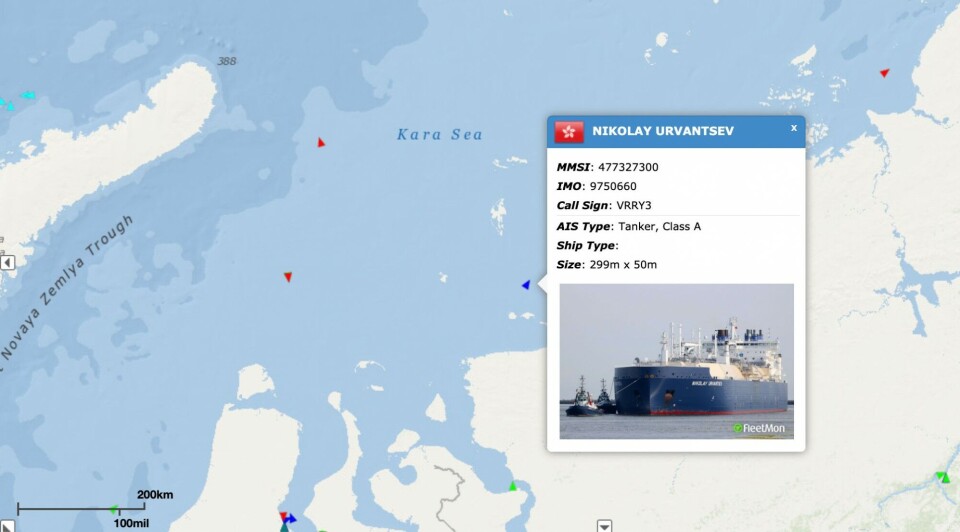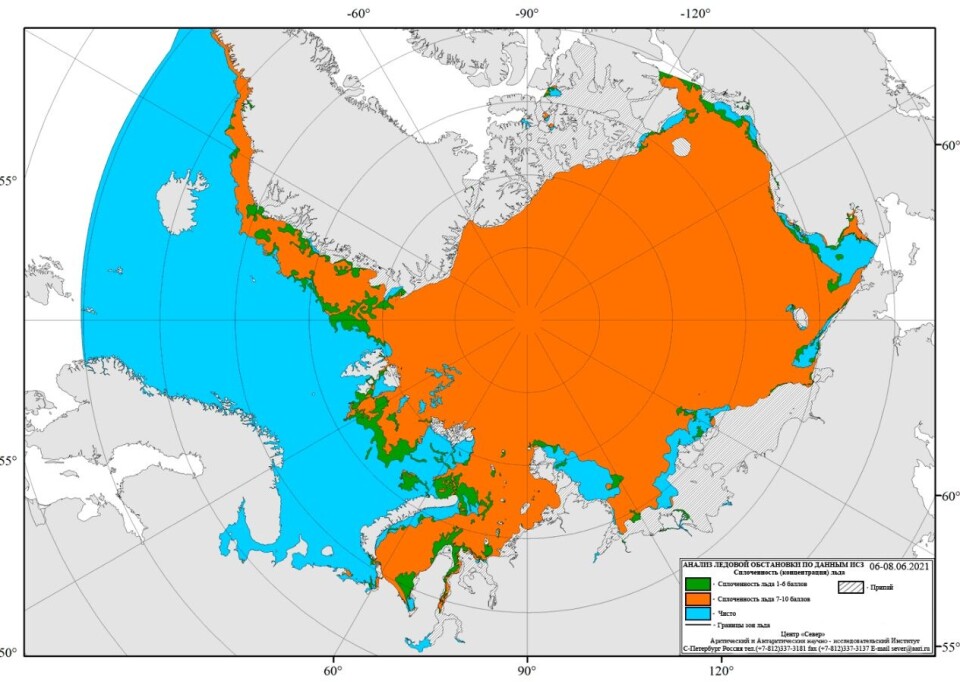
Ships set out on trans-Arctic voyage as spring comes to Northern Sea Route
Accompanied by nuclear powered icebreaker Yamal, LNG carrier Nikolay Urvantsev moves eastwards in this year's first transit shipment on the Russian Arctic sea route.
The powerful 299 meter long tanker on Monday morning sailed north of Dikson on Russia’s Kara Sea coast. The ship has the Japanese port of Sendai as its destination and is due to arrive on site on the 7th July.
This year’s first eastbound transit voyage on the Northern Sea Route comes almost a month later than in 2020, when carrier Christophe de Margerie sailed from Sabetta in the Yamal Peninsula to the Chinese port of Jingtang already in mid May.

There is still plenty of ice in the area, and the Vilkitsky Strait and the southern parts of the East Siberian Sea have thick layers of fast ice.
The Nikolay Urvantsev will be escorted across the route by nuclear icebreaker Yamal. The powerful vessel now waits for the tanker near the entrance to the Vilkitsky Strait.
According to the National Snow and Ice Data Center, the decline in sea-ice across the eastern parts of the Arctic was slow due to much stormy weather in May and consequent big spreading of the sea ice pack.

The average sea ice extent in May was 12.66 million square kilometers, which is 740,000 square kilometers above the record low for the month set in 2016 and 630,000 square kilometers below the 1981 to 2010 average. The ice edge is near its average location most everywhere in the Arctic Ocean except in the Labrador Sea and east of Novaya Zemlya, the data center informs.
Russia has the Northern Sea Route high on its political agenda and believes it will be able to provide year-round shipments on the route in only few years. In February 2021, carrier Christophe de Margerie sailed from China to Sabetta in what was the first ever mid-winter commercial shipment on the route.
“The current voyage of Christophe de Margerie significantly expands the navigation window in the in the eastern sector of the Russian Arctic, and confirms that year-round safe navigation is possible along the entire length of the Northern Sea Route,” President and CEO of shipping company Sovcomflot Igor Tonkovidov said in a statement.
All the natural gas carriers are part of the fleet of 15 vessels that serve the Yamal LNG project. They can carry up to 70,000 tons of liquified nature gas, and all have ice class Arc7, which enables them to autonomously break through up to 2,1 meters of sea ice.
The fleet of LNG carriers are instrumental in Russia’s ambitious plan for the Northern Sea Route. In 2020, a total of 32,97 million tons of goods was shipped on the Northern Sea Route, up 1,5 million tons from 2019.
By year 2024, the Kremlin intends to boost volumes on the NSR to 80 million tons and further to 130 million tons by 2035.
















